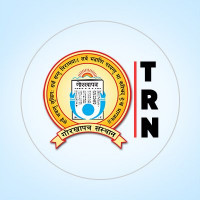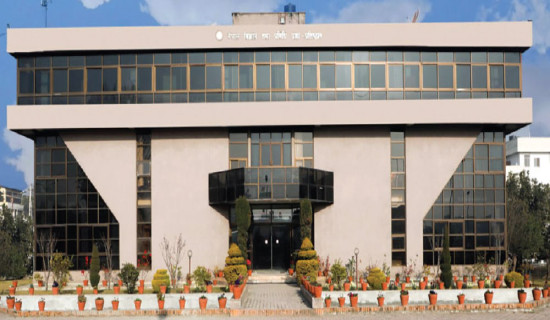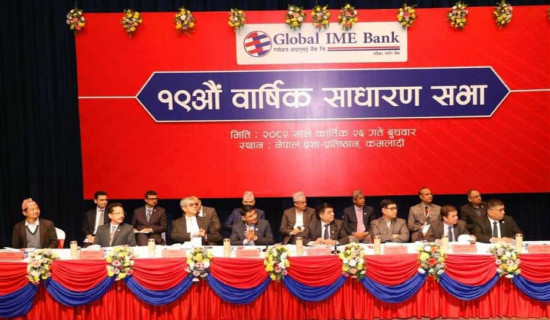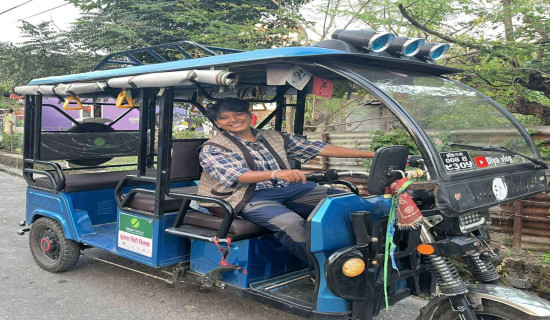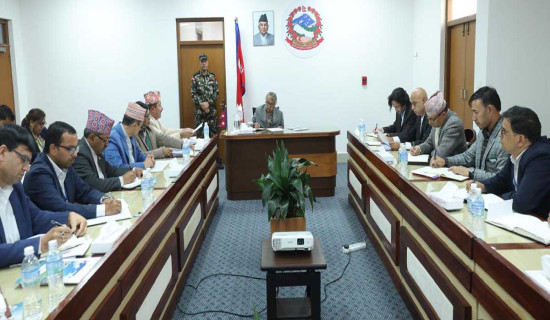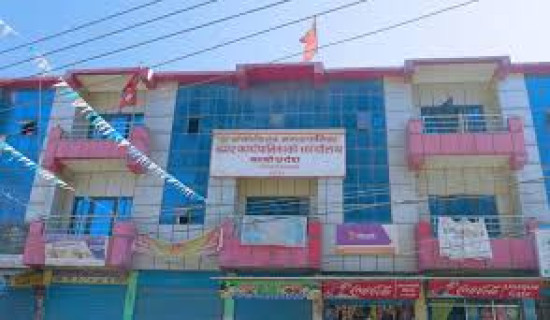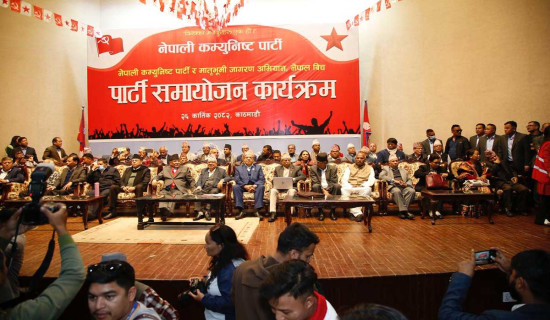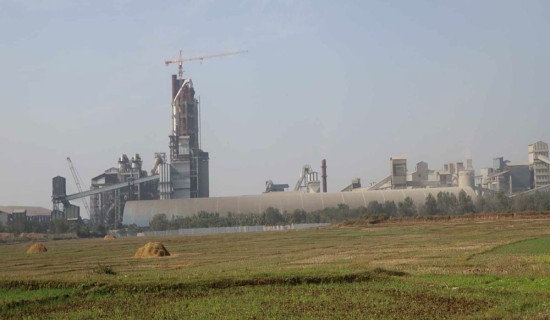- Wednesday, 12 November 2025
Chinese Path To Poverty Reduction
Chen Song
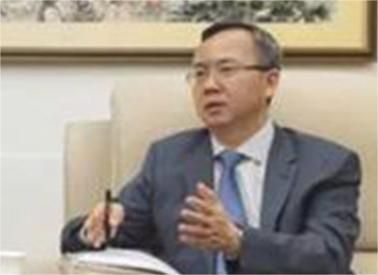
Poverty is a persistent affliction of human society and a common challenge facing the world. As the world's largest developing country with a population of approximately 1.4 billion, China confronted poverty on a scale, scope and severity rarely seen elsewhere. Since the 18th National Congress of the Communist Party of China, the country has placed poverty reduction at the forefront of national governance and carried out an unprecedented, large-scale campaign to eradicate absolute poverty. Under the current standard, nearly 1 billion rural underprivileged people have been lifted out of poverty, all 832 impoverished counties have shaken off poverty, and all 128,000 villages have been removed from the poverty list.
Regional, large-scale poverty has been resolved and the battle against poverty has achieved a comprehensive victory. Over the same period, China accounted for more than 70 per cent of the world's poverty reduction and met the poverty reduction target of the United Nations 2030 Agenda for Sustainable Development 10 years ahead of schedule. China's successful exploration of a poverty-reduction path with Chinese characteristics demonstrates an approach and logic distinct from those of Western developed countries and other developing countries.
Working mechanism
The centralised and unified leadership of the Communist Party of China is the fundamental political guarantee for China's path to poverty alleviation. The Party established a working mechanism of “centralised overall planning, provinces bearing primary responsibility, and cities and counties carrying out implementation,” forming a vertical governance system spanning from central to local levels. A responsibility framework under which party secretaries at five levels lead poverty alleviation made the fight against poverty a component of the performance evaluation of local party and government leaders, and the strictest assessment and evaluation system was introduced.
This political mobilisation mechanism provided the strongest leadership and the most solid organisational guarantee for poverty reduction, ensuring the efficient implementation of policies and helping to avoid the short-term policy tendencies often seen under representative systems. China's poverty-reduction path has consistently taken the interests of the people as its fundamental value orientation. The Communist Party of China and the government firmly uphold that a happy life for the people is the greatest human right.
Special attention has been paid to underprivileged people among women, children, the elderly, the disabled and ethnic minorities, and public satisfaction has been treated as an important measure of poverty-reduction outcomes. Through the “Two Assurances and Three Guarantees” — ensuring that people have no worries about food and clothing, and guaranteeing access to compulsory education, basic medical services and safe housing — China addressed the basic survival and development needs of the poor. This value orientation goes beyond a sole focus on economic growth, integrating humane concern with institutional effectiveness.
China's practice demonstrates that poverty is essentially an issue of fundamental attitude toward the people; a people-centered approach is the core driving force of poverty alleviation. The advantages of the socialist system have endowed China with a particularly strong capacity for resource integration in poverty reduction. China has built a diversified poverty-alleviation framework in which government, society and market actors cooperate.
A broad pattern of “big poverty alleviation” has been formed, involving targeted poverty-relief programmes, industry-based poverty reduction, and social assistance, together with cross-departmental and cross-regional resource-integration mechanisms. The government plays a decisive role in top-level design and resource allocation; social actors participate through initiatives such as the “10,000 Enterprises Help 10,000 Villages” programme and charitable activities; and market mechanisms are leveraged through industry-led poverty reduction and e-commerce to stimulate inner vitality in poor areas and among impoverished populations.
At the same time, China has advanced a strategy of coordinated regional development and employed mechanisms such as east–west poverty-alleviation cooperation and designated assistance by central institutions to channel various resources into poor areas, enabling those areas to share high-quality industrial, educational and medical resources from more developed regions. These practices have avoided resource outflow under full marketisation, addressed inefficiencies associated with purely government-led approaches, and helped prevent the common “rich-poor divide” trap in developing countries, thereby creating a virtuous cycle of economic growth and poverty reduction.
China has also engaged in broad cooperation with international organisations such as the United Nations Development Programme and the World Bank in the field of poverty reduction. While obtaining international support in funding, knowledge transfer and technical assistance, China did not simply accept external aid passively. Rather, it embedded external support within its national development system and matched it with domestic policies, funding and human resources to localize and amplify its effectiveness, thereby achieving scaled and sustainable poverty-reduction outcomes.
The successful exploration and practice of China's poverty-reduction path is not only a national record of the struggle to overcome poverty, but also an important milestone in the progress of human civilization. At a time when global poverty remains a serious challenge, China's approach provides a non-dependent development reference for developing countries.
Global public goods
As President Xi Jinping noted at the 19th G20 Leaders' Summit, “Developing countries can eliminate poverty; the weaker bird can start early and fly high. If China can make it, other developing countries can make it too.” China's poverty-alleviation experience has been translated into global public goods through platforms such as the Global Development Initiative, the Global Governance Initiative and the Belt and Road Initiative, making contributions to global poverty alleviation.
China and Nepal are friendly neighbours linked by mountains and rivers, and the peoples of the two countries enjoy long-standing ties. China will continue to advance Belt and Road projects and livelihood programmes such as the “Vibrant Villages” project in Nepal, support Nepal's poverty-reduction and livelihood improvement, and help more Nepali people benefit from China-Nepal cooperation. China also stands ready to deepen exchanges with Nepal on poverty-reduction experience, explore new avenues for China-Nepal cooperation in poverty alleviation, and continuously enhance the Nepali people's sense of fulfillment and well-being.
(The author is the Chinese ambassador to Nepal.)


